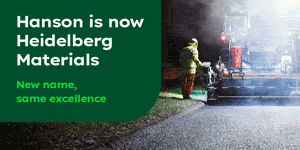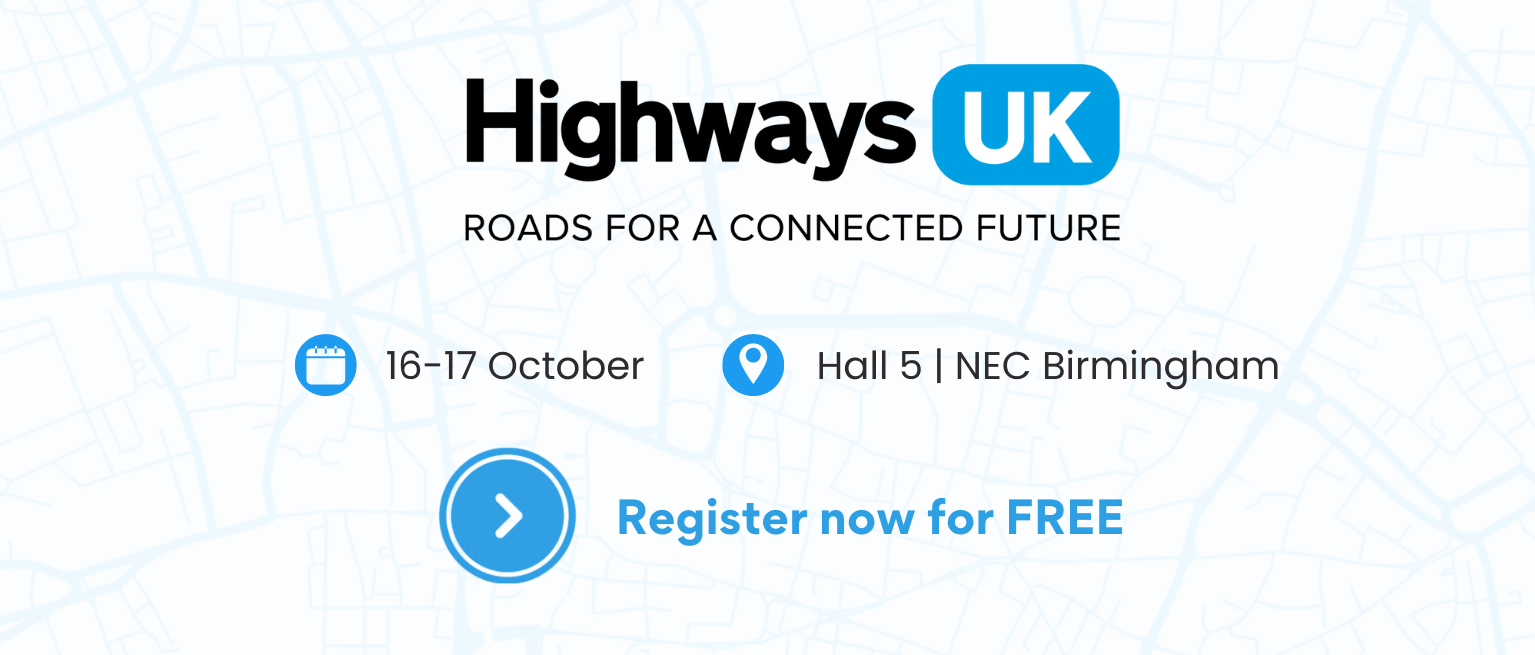Wokingham Borough Council is trialling smart drainage sensors to help deal with flooding in the borough.
These have been placed at key locations in Earley and Arborfield to provide real-time data on sewers to allow the council to resolve issues before or as they arise rather than after, said the council.
The ultrasonic sensors measure silt and water levels and were installed in Gipsy Lane and Wilderness Road, Earley, and Reading Road, Arborfield, late last year.
They will remain in place as part of the trial until the end of 2021. Then the success of the system will be assessed with the potential to roll it out across the borough.
The project is part of a series of innovations across the borough’s roads by the council and its Wokingham Highways Alliance partners, WSP and VolkerHighways.
The innovation programme has already brought other projects to the borough including trialling plastic kerbstones that have a reduced carbon footprint and are easier to install.
“We continue to look at ways we can use innovative and green technologies on the roads around the borough,” said Cllr Pauline Jorgensen, executive member for highways and transport. “We know if we can better manage and monitor our drainage system then we’ll be able to reduce congestion and be better informed about locations where we can carry out maintenance work.
“Systems like this have been successfully implemented elsewhere and I look forward to seeing the results of this. If the trial works successfully we will investigate whether they can be rolled out across more locations.”
The information the equipment provides will allow the council to react quickly to solve issues and reduce disruption on the roads.
Similar sensors have been used successfully by Bristol City Council and Kent County Council to provide better value and a less disrupted road network for their residents.
Some of the information the sensors provide include:
- Ability to monitor the condition of gullies, meaning maintenance work takes place when it’s needed
- Assess if gullies need cleaning
- Better targeting of preventative maintenance work
- Detection of water levels and blockages to reduce disruption which improves journey times and reduces congestion
The council’s drainage network includes more than 238km of pipework, more than 4,000 manholes and 32,000 gullies.
At present most of its work to look after this is reactive maintenance which is more expensive and time consuming, as well as being potential disruptive to vehicles on the road.

























